Southern Flying Squirrel
- December 18, 2023
- 0 comment
The Southern Flying Squirrel, scientifically known as Glaucomys volans, is a fascinating and elusive mammal found in the forests of North America. These nocturnal creatures are characterized by conflicts arising from their interactions with humans, primarily due to their habit of seeking shelter in attics and nesting in man-made structures. As a result, conflicts often arise between homeowners and these charming, yet sometimes troublesome, creatures.
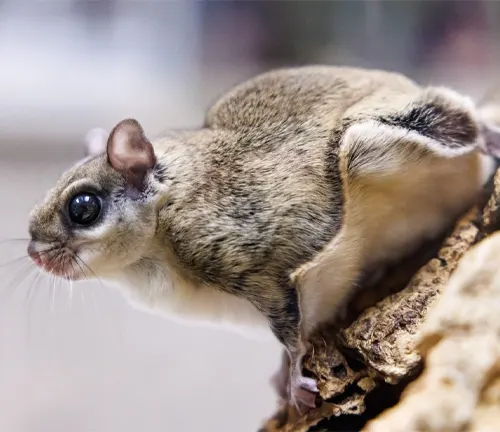
In terms of legal status, Southern Flying Squirrels are generally protected by wildlife conservation laws, which restrict their capture and relocation without proper permits. This legal protection recognizes the importance of preserving their natural habitats and maintaining the delicate balance of the ecosystem.
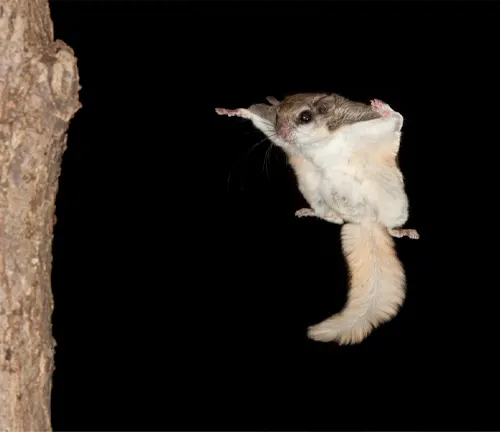
Identifying Southern Flying Squirrels can be a challenge, as they share a close resemblance to their Northern counterparts. Distinguishing features include their large, expressive eyes and the distinctive membrane called the patagium, which extends between their forelimbs and hind limbs, allowing them to glide from tree to tree.
Physically, these small mammals exhibit a compact and agile build, with a length ranging from 8 to 10 inches and a tail measuring approximately 3 to 4 inches. Their fur is soft and dense, often displaying a combination of gray and brown hues. This coloration helps them blend seamlessly with the bark of trees, providing effective camouflage against predators.
The species range of the Southern Flying Squirrel extends across deciduous and mixed forests in the eastern part of North America. They are known for their ability to glide effortlessly between trees using the flaps of skin that connect their limbs. This adaptation allows them to cover impressive distances in search of food and suitable nesting sites.
While Southern Flying Squirrels generally pose no direct health threats to humans, concerns may arise regarding the potential transmission of diseases. As with any wildlife interaction, it is essential to exercise caution and avoid direct contact to prevent the risk of disease transmission. Additionally, their inclination to seek refuge in human structures may lead to property damage and necessitate proper measures for humane removal and exclusion.
| Aspect | Specification |
|---|---|
| Scientific Name | Glaucomys volans |
| Conflicts | Interaction with humans, often nesting in structures |
| Legal Status | Protected by wildlife conservation laws |
| Identification | Resembles Northern Flying Squirrel, patagium for gliding |
| Physical Description | Length: 8-10 inches, Tail: 3-4 inches, Gray and brown fur |
| Species Range | Eastern part of North America, deciduous and mixed forests |
| Adaptation | Ability to glide using patagium between limbs |
| Habitat | Forested areas, nests in tree cavities or man-made structures |
| Health Concerns | Potential disease transmission, exercise caution |
| Human Interaction | May cause property damage, requires humane removal |
| Nocturnal Behavior | Active during the night, foraging for food |
Exploring the Life of the Southern Flying Squirrel
General Biology of the Southern Flying Squirrel
The Southern Flying Squirrel, scientifically known as Glaucomys volans, is a captivating mammal found in the dense woodlands of North America. Recognized for its petite size and nocturnal habits, this species boasts a fascinating array of biological features. From its distinctive patagium for gliding to its expressive eyes, the general biology of the Southern Flying Squirrel is a testament to the adaptability and resilience of this charming creature.
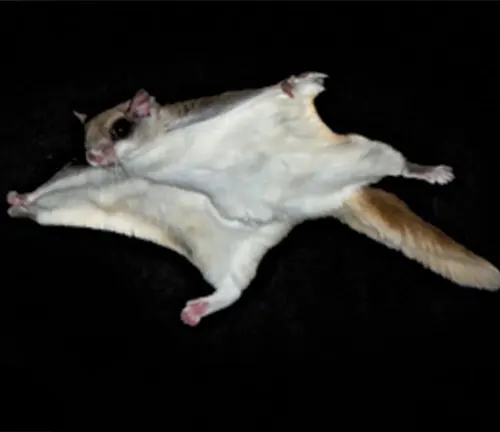
Reproduction
The reproductive cycle of the Southern Flying Squirrel is an intriguing aspect of its life history. These agile mammals typically mate twice a year, with the breeding season occurring in late winter and early summer. Female squirrels are known for their meticulous selection of nesting sites, preparing cozy dens to raise their young. The gestation period is relatively short, resulting in litters of two to seven pups. Exploring the reproductive habits of these squirrels unveils the delicate balance they maintain in perpetuating their species.
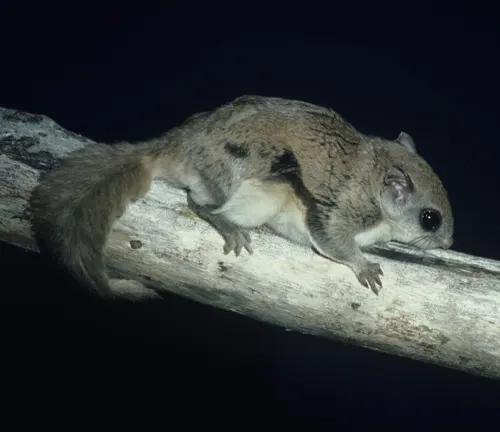
Behavior
Observing the behavior of Southern Flying Squirrels reveals a highly social and adaptable nature. These nocturnal creatures are adept climbers and utilize their patagium to glide between trees, covering impressive distances in search of food and suitable nesting sites. Known for their playful antics and social interactions, these squirrels display a complex array of behaviors that contribute to their survival in the dynamic forest ecosystems they inhabit.
Nesting/Denning Cover
The Southern Flying Squirrel showcases an innate talent for creating secure and cozy nesting spaces. Utilizing tree cavities or, at times, man-made structures, these squirrels fashion nests with leaves, twigs, and other soft materials. The choice of denning cover is a crucial aspect of their survival strategy, providing protection from predators and the elements.

Habitat
The Southern Flying Squirrel is well-adapted to a variety of forested habitats, ranging from deciduous woodlands to mixed forests. Their choice of habitat reflects their dependence on mature trees for nesting and the abundance of food sources such as nuts, seeds, and insects. Understanding their preferred habitats is essential for conservation efforts aimed at preserving these vital ecosystems.
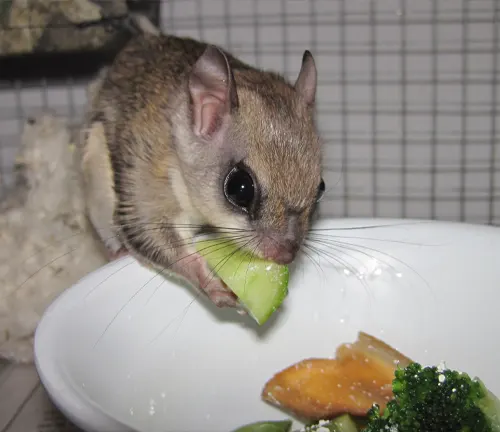
Food Habits
A glimpse into the food habits of Southern Flying Squirrels reveals a diverse diet. These omnivores feed on a variety of nuts, seeds, fungi, insects, and even bird eggs. Their foraging behavior plays a crucial role in shaping forest ecosystems, as they contribute to seed dispersal and control insect populations. Exploring their dietary preferences provides valuable insights into their ecological role.
Voice, Sounds, Tracks, and Signs
While Southern Flying Squirrels are not known for vocalizations, they communicate through a range of sounds, including soft chirps and trills. Additionally, their tracks and signs, such as the presence of gnawed nuts and distinctive scat, offer clues to their activity in a given area. Unraveling the mysteries of their communication methods and leaving subtle traces in their environment adds an intriguing dimension to understanding these elusive creatures.
Navigating the Impact
Damage Identification Southern Flying Squirrel
The enchanting presence of Southern Flying Squirrels in North American woodlands also comes with certain challenges, particularly when it comes to damage identification. While these charismatic creatures may seem harmless, their interactions with the environment can lead to various forms of impact, necessitating a closer look at the damage they may cause.
Damage to Landscapes
Southern Flying Squirrels, in their pursuit of food and shelter, can inadvertently impact landscapes. Their foraging behavior, which includes digging for nuts and seeds, may result in the disturbance of soil and plant roots. Understanding the extent of damage to landscapes is crucial for maintaining the delicate balance of ecosystems and ensuring the health of vegetation in the affected areas.
Damage to Crops and Livestock
As these agile creatures navigate their nocturnal adventures, their interactions with agricultural landscapes can lead to concerns for farmers. Southern Flying Squirrels have been known to nibble on crops, especially fruits and nuts, posing a potential threat to agricultural yields. Exploring the nuances of damage to crops and considering strategies for coexistence becomes paramount in agricultural regions where these squirrels are present.
Damage to Structures
One of the more significant challenges posed by Southern Flying Squirrels is their penchant for seeking shelter in man-made structures. Attics, sheds, and other spaces become attractive nesting sites, leading to concerns about property damage. From gnawed wiring to insulation disturbance, the impact on structures can be both inconvenient and potentially costly. Examining the patterns and extent of this damage aids in devising effective strategies for the cohabitation of humans and Southern Flying Squirrels.
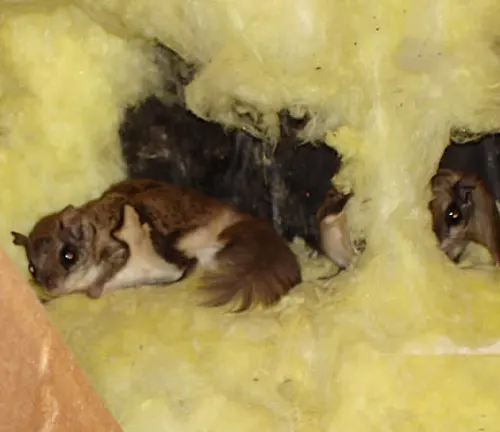
Different Species
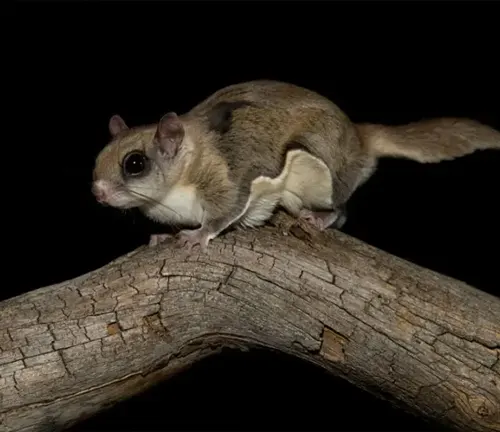
The Southern Flying Squirrel (Glaucomys volans) itself is a single species, and there are no distinct subspecies recognized within this category. However, it’s important to note that there is another closely related species known as the Northern Flying Squirrel (Glaucomys sabrinus).
Frequently Asked Questions(FAQs)
- What is a Southern Flying Squirrel?
The Southern Flying Squirrel (Glaucomys volans) is a small, nocturnal mammal known for its ability to glide between trees using a membrane called the patagium. - Where are Southern Flying Squirrels Found?
Southern Flying Squirrels are primarily found in the eastern part of North America, inhabiting deciduous and mixed forests. - Are Southern Flying Squirrels and Northern Flying Squirrels the Same?
No, they are different species. Southern Flying Squirrels (Glaucomys volans) are found in the eastern part of North America, while Northern Flying Squirrels (Glaucomys sabrinus) inhabit northern regions. - What Do Southern Flying Squirrels Eat?
Southern Flying Squirrels have an omnivorous diet, including nuts, seeds, fungi, insects, and occasionally bird eggs. - Do Southern Flying Squirrels Pose Any Threat to Humans?
Southern Flying Squirrels are generally not aggressive and do not pose a direct threat to humans. However, conflicts may arise when they seek shelter in human structures. - Are Southern Flying Squirrels Protected by Law?
Yes, Southern Flying Squirrels are typically protected by wildlife conservation laws, which regulate their capture, relocation, and protection of their habitats. - How Can I Identify a Southern Flying Squirrel?
Southern Flying Squirrels have a compact build, large eyes, and a distinctive membrane for gliding. Their fur is soft and dense, often gray or brown. - What Kind of Damage Can Southern Flying Squirrels Cause?
They may cause damage by seeking shelter in attics and structures, leading to gnawed wires, insulation disturbance, and other property-related issues. - Are Southern Flying Squirrels Nocturnal?
Yes, Southern Flying Squirrels are primarily nocturnal, being most active during the night for foraging and other behaviors. - How Can I Coexist with Southern Flying Squirrels?
Coexistence involves humane removal if they nest in unwanted areas, securing structures to prevent entry, and minimizing attractants like open food sources.



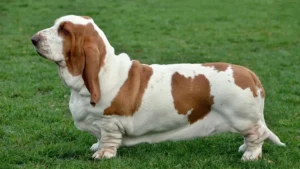
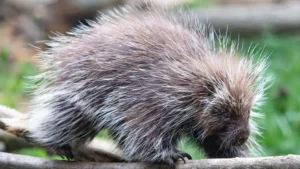


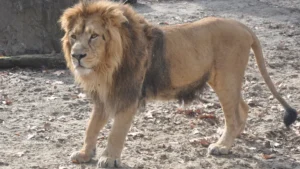
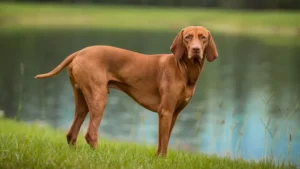
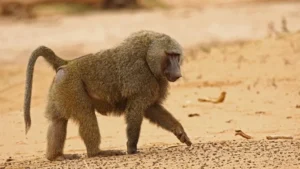
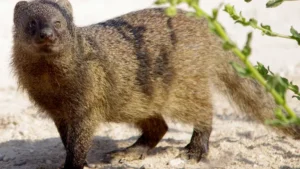

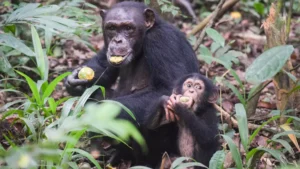
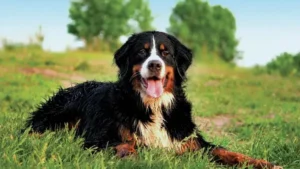
Leave your comment